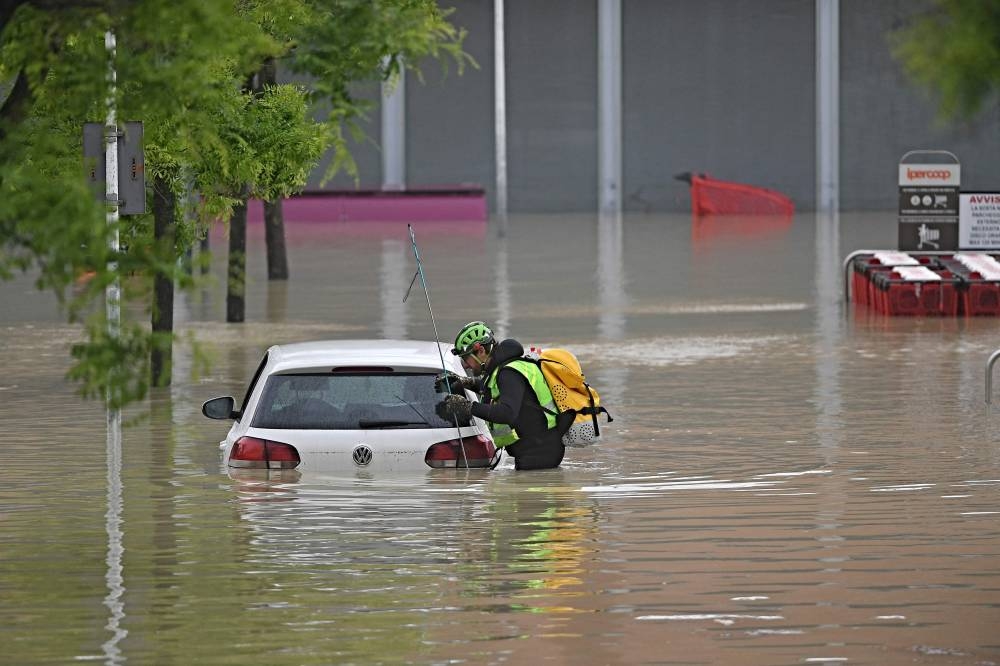Stamp: King Franz Josef (1830-1916) (Hungary 1913)
King Franz Josef (1830-1916) (Hungary 1913)
20 November (Hungary ) within release Help for East Banat Flood goes into circulation Stamp King Franz Josef (1830-1916) face value 2+0.02 Hungarian korona
| Stamp King Franz Josef (1830-1916) in catalogues | |
|---|---|
| Michel: | Mi:HU 143 |
| Yvert et Tellier: | Yt:HU 121 |
Stamp is vertical format.
Wmk. 7 (Patriarchs cross)Also in the issue Help for East Banat Flood:
- Stamp - Mythical bird Turul flying over Crown of St. Stephen face value 1+2;
- Stamp - Mythical bird Turul flying over Crown of St. Stephen face value 2+2;
- Stamp - Mythical bird Turul flying over Crown of St. Stephen face value 3+2;
- Stamp - Mythical bird Turul flying over Crown of St. Stephen face value 5+2;
- Stamp - Mythical bird Turul flying over Crown of St. Stephen face value 6+2;
- Stamp - Mythical bird Turul flying over Crown of St. Stephen face value 10+2;
- Stamp - Mythical bird Turul flying over Crown of St. Stephen face value 12+2;
- Stamp - Mythical bird Turul flying over Crown of St. Stephen face value 16+2;
- Stamp - Mythical bird Turul flying over Crown of St. Stephen face value 20+2;
- Stamp - Mythical bird Turul flying over Crown of St. Stephen face value 25+2;
- Stamp - Mythical bird Turul flying over Crown of St. Stephen face value 30+2;
- Stamp - Mythical bird Turul flying over Crown of St. Stephen face value 35+2;
- Stamp - Mythical bird Turul flying over Crown of St. Stephen face value 50+2;
- Stamp - Mythical bird Turul flying over Crown of St. Stephen face value 60+2;
- Stamp - King Franz Josef (1830-1916) face value 1+0.02;
- Stamp - King Franz Josef (1830-1916) face value 2+0.02;
- Stamp - King Franz Josef (1830-1916) face value 5+0.02;
Stamp King Franz Josef (1830-1916) it reflects the thematic directions:
A head of state (or chief of state) is the public persona that officially represents the national unity and legitimacy of a sovereign state. In some countries, the head of state is a ceremonial figurehead with limited or no executive power, while in others, the head of state is also the head of government. In countries with parliamentary governments, the head of state is typically a ceremonial figurehead that does not actually guide day-to-day government activities and may not be empowered to exercise any kind of secular political authority (e.g., Queen Elizabeth II as Head of the Commonwealth). In countries where the head of state is also the head of government, the president serves as both a public figurehead and the actual highest ranking political leader who oversees the executive branch (e.g., the President of the United States).
A disaster is a serious problem that happens over a period of time and causes so much harm to people, things, economies, or the environment that the affected community or society cannot handle it on its own. In theory, natural disasters are those caused by natural hazards, whereas human-made disasters are those caused by human hazards. However, in modern times, the divide between natural, human-made or human-accelerated disasters is more and more difficult to draw. In fact, all disasters can be seen as human-made, due to human failure to introduce appropriate emergency management measures
King is the title given to a male monarch in a variety of contexts. The female equivalent is queen regnant (while the title of queen on its own usually refers to the consort of a king). In the context of prehistory, antiquity and contemporary indigenous peoples, the title may refer to tribal kingship. Germanic kingship is cognate with Indo-European traditions of tribal rulership (c.f. Indic rājan, Gothic reiks, and Old Irish rí, etc.) In the context of classical antiquity, king may translate Latin rex or either Greek archon or basileus. In classical European feudalism, the title of king as the ruler of a kingdom is understood as the highest rank in the feudal order, potentially subject, at least nominally, only to an emperor (harking back to the client kings of the Roman Empire). In a modern context, the title may refer to the ruler of one of a number of modern monarchies (either absolute or constitutional). The title of king is used alongside other titles for monarchs, in the West prince, emperor, archduke, duke or grand duke, in the Middle East sultan or emir; etc. Kings, like other royalty, tend to wear purple because purple was an expensive color to wear in the past.
A flood is an overflow of water (or rarely other fluids) that submerges land that is usually dry. In the sense of "flowing water", the word may also be applied to the inflow of the tide. Floods are of significant concern in agriculture, civil engineering and public health. Human changes to the environment often increase the intensity and frequency of flooding. Examples for human changes are land use changes such as deforestation and removal of wetlands, changes in waterway course or flood controls such as with levees. Global environmental issues also influence causes of floods, namely climate change which causes an intensification of the water cycle and sea level rise.: 1517 For example, climate change makes extreme weather events more frequent and stronger. This leads to more intense floods and increased flood risk




